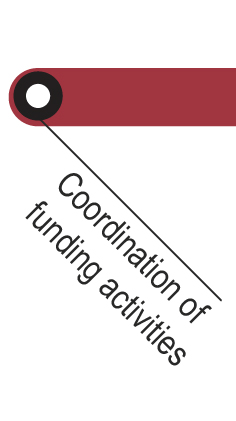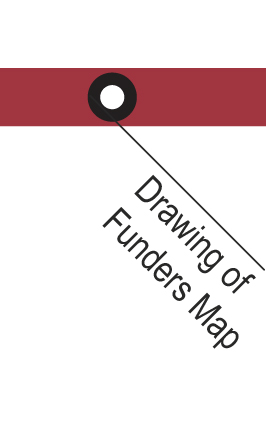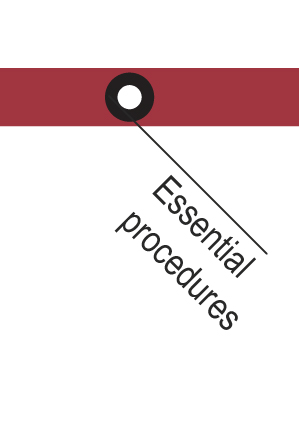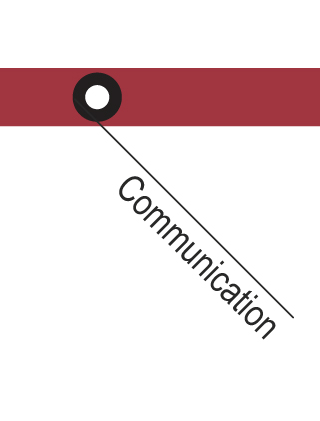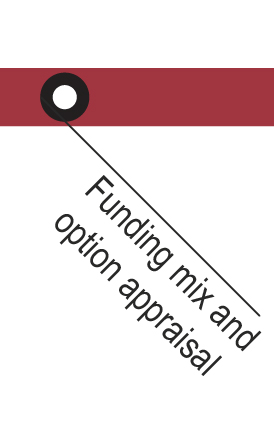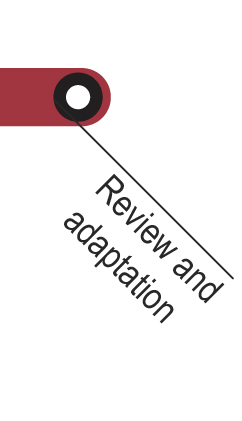 THE FUNDING MIX MATRIX & OPTION APPRAISAL is a tool to assess a mix of suitable funding sources that could be used to fund a project. An option appraisal will help in deciding which of the available funding mixes might be the best option to pursue. Often there are a number of options how to fund a project. For example, sometimes a project can be fully funded in-house through the annual municipal budget of a local authority. In other cases, a project will need additional 'external' funding for its implementation. In other cases, projects might not require any funding at all. However, for many projects, accessing external funding is a necessity and often numerous sources could be used.
THE FUNDING MIX MATRIX & OPTION APPRAISAL is a tool to assess a mix of suitable funding sources that could be used to fund a project. An option appraisal will help in deciding which of the available funding mixes might be the best option to pursue. Often there are a number of options how to fund a project. For example, sometimes a project can be fully funded in-house through the annual municipal budget of a local authority. In other cases, a project will need additional 'external' funding for its implementation. In other cases, projects might not require any funding at all. However, for many projects, accessing external funding is a necessity and often numerous sources could be used.
Thinking about the most suitable range of funding sources early on will help substantially in making use of evolving opportunities and in allowing for some time to decide which funding route might be the most advantageous one.
Most external funding sources will not provide 100% of all funding needs of a project. Therefore, other sources are required to cover the full of a part of the project costs. At times, certain aspects of a project might not be eligible for public sector funding and private, or third sector resources need to be accessed instead. In other cases, mainstream funding sources run empty, priorities change and alternative sources of funding need to be accessed.
Considering the most advantageous and feasible funding mix and selecting the best option is an important task.
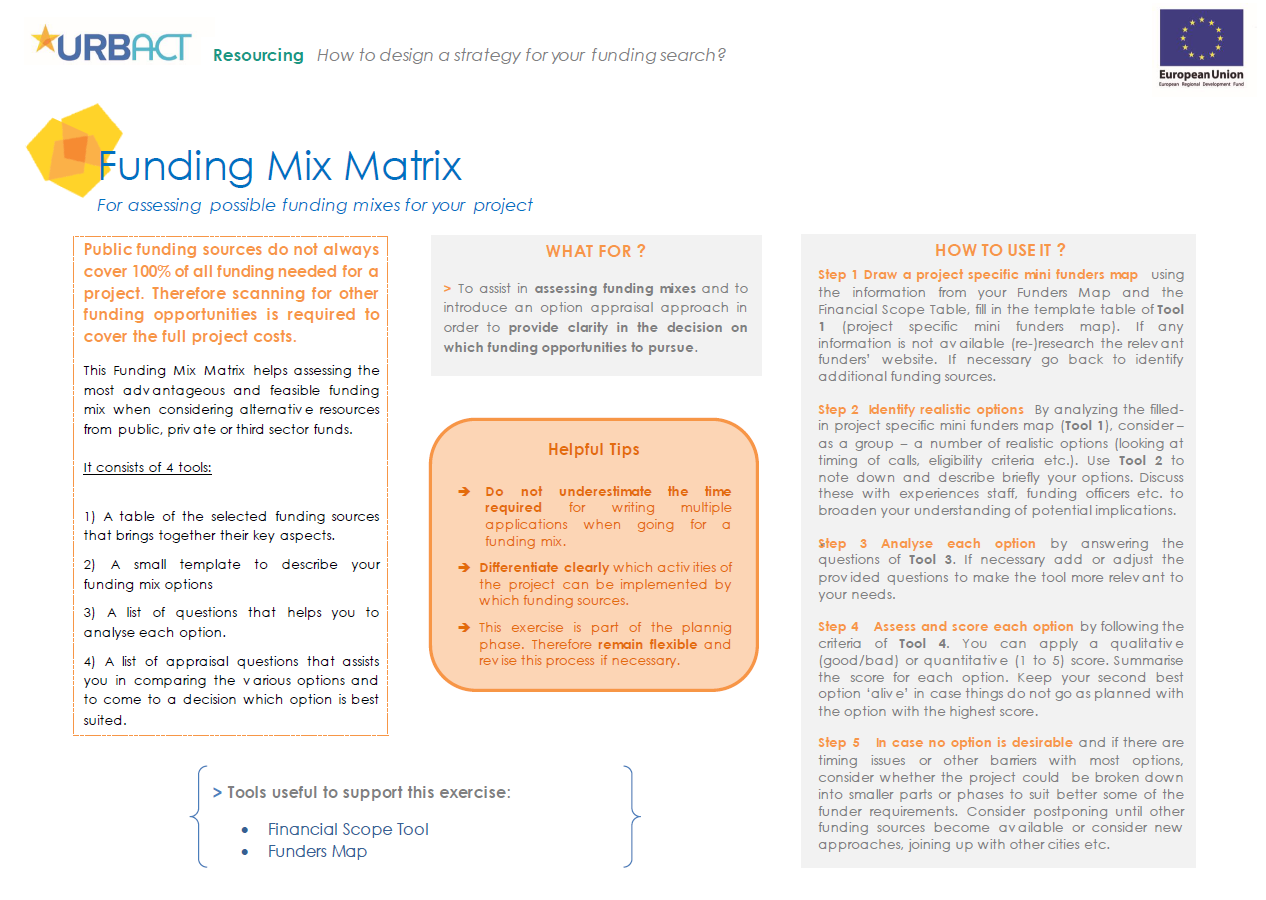 This task consists of four sequential tools which support the process of selecting the best funding option for your project.
This task consists of four sequential tools which support the process of selecting the best funding option for your project.
- Tool 1 is a table with key aspects of the selected funding sources for your project.
- Tool 2 is a small template for you to describe your funding mix options.
- Tool 3 is a list of questions that helps you to analyse each option.
- Tool 4 is a list of appraisal questions that assists you in comparing the various options and to come to a decision which option is the best suited one for your project.
You can find the templates for these tools in this Excel table.
Who is the tool for? | When should the tool be used? |
Funding Coordination Officer / Team Project design staff Relevant stakeholders | When you are in the position of making informed choices. For example, when you have sufficient information about the selected funding sources to know that they are realistic options for your project. |
Click on the stations to navigate through the Strategy line!
Key challenges of the step
- It is often challenging to align the planned timing and the logical sequence of project implementation with the timing and deadlines of available funding regimes. The more funding sources are to be used for one project, the more challenging this task becomes.
- Considering the various funding sources might imply the re-organisation of the previously envisaged timing of project implementation as part of your overall plan. A merger with other projects or a breaking up of the project into smaller parts might become necessary to make the project/s eligible candidates for a specific funding programme or mix of funds. As such the Option Appraisal should be a detailed task. It requires a team of experienced and well-informed individuals to assess the various options well.
Main risks
- In a multi-fund scenario, a key risk is that if one funding application fails this might render the line-up of any other identified match funding sources impossible to pursue. This could lead to delays in implementation and a potential need for re-sourcing of all match funding sources. Excellent communication skills are required in these situations to negotiate with the remaining funders some holding time until the full amount of funding has been achieved.
Helpful tips
- When identifying the most appropriate funding mix for a project, remain flexible and wide in your selection. This will allow you to develop some options. It is always a good idea to prepare an Option B or even C to prepare for unexpected events such as a previously unknown funding source coming on stream, or if funding applications are unsuccessful.
- At the project level, it is important to differentiate which activities of the project can be implemented by which funding sources. For example, some project activities might be able to be implemented:
- Without any additional funding needed (existing resources are in place already)
- By accessing internal budget allocations of the city (whereby relevant procedures need to be followed to assure these funds)
- With the help of external funding (other domestic or EU sources). External funding often requires match funding from the public sector, your own organisation, or the municipality. At times, private sector contributions are required, such as from SME or from the participants of the project.
- Without any in-house funding whereby only external funding sources need to be accessed for project implementation.
- It is crucially important to be aware of timings, deadlines of calls, and specific requirements of the selected funding regimes to make an informed option appraisal. For this, an up-to-date and comprehensive Funders Map is advantageous. At the same time, not all information might be available, so you need to stay creative.
- When deciding about which funding is suitable for a project, close linkages exist to the project itself and its options of how to implement it. Ensure that you are aware of these implementation options at project level to inform your options of how funding sources could be used. Keep a flexible and creative mindset.
- When considering a multi-fund approach, be mindful of the time needed for writing multiple applications. Also when successful, you will need more time for administering and managing these funds, because each fund has different requirements for monitoring and reporting.

